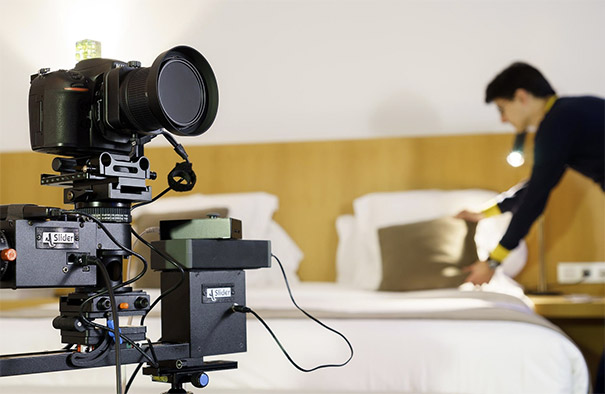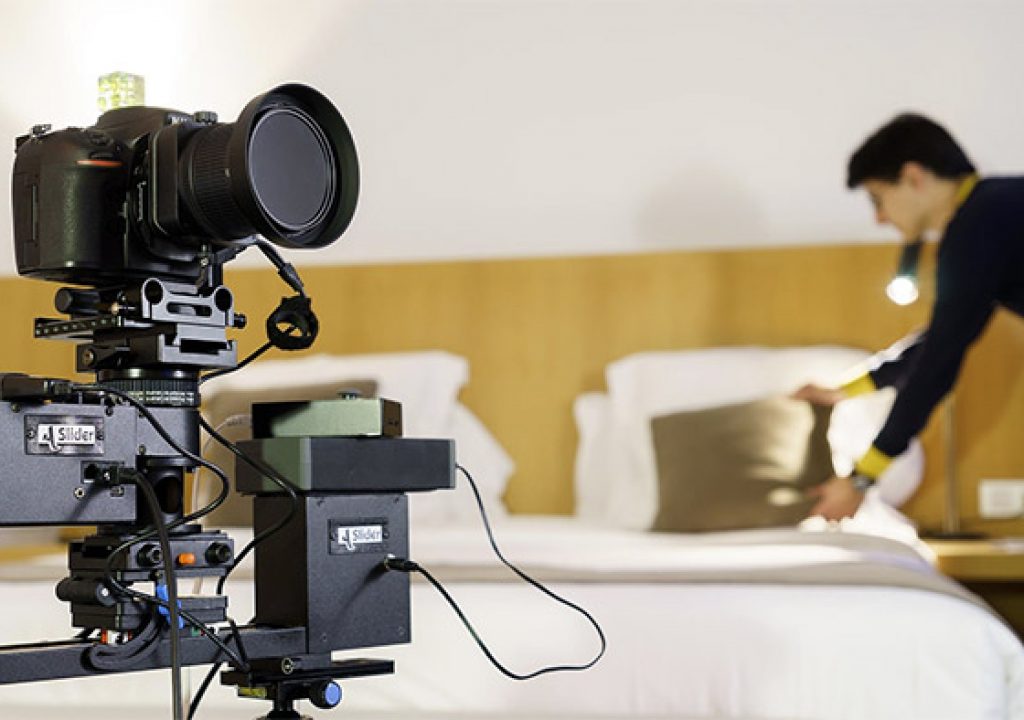
We’re still discussing which DSLRs will offer 4K video in the future, but in fact, if users are willing to take the harder route, they already offer much more, as Miguel de Olaso and Art Sanchez have shown with the video of Son Brull Hotel.
The techinique used is based on a, state the authors, “tedious and slow workflow” derived from working with enormous images and raw formats not developed for video, but the results can be impressive, as those that have downloaded the 4K video available at Vimeo – and have the means to see it – can testify.
The story for this experience started in 2012, when Miguel de Olaso, co-founder of Sanchez-Olaso with Art Sanchez, found himself in Iceland with a broken Sony F35 cinema camera and no backup camera for the task. A damaged accessory cable for the external recorder meant he could not work as intended.
Wanting to return home with some images of the wonderful Nordic landscapes he decided to use his Nikon D800 as a backup camera. But instead of shooting regular HD video with it, Miguel took advantage of the camera’s burst mode to take continuous still photographs with the idea of turning them into real time video.
He noticed that he could manage a constant 5 fps burst (in JPEG mode) up to 100 images (Nikon’s weird limit for earlier cameras, but no more an issue with recent models), which was far from the standard 24/25 fps of conventional video but definitely faster than any standard timelapse technique. Since he wanted to capture real time video the idea of interpolating in post the missing frames to achieve those 25fps was a bit crazy but an interesting challenge. That was the start of an adventure that led to this recent project.
In the meantime, Art Sanchez was searching for ways to create high quality video to showcase architecture in motion. Miguel and Art teamed up with the goal of creating a new concept in architecture films by giving a practical use of the burst photo mode technique and the entire post-production workflow that they had developed.
The Quicklapse technique is a way to generate ultra high resolution real time video. By capturing continuous bursts of still images and applying time interpolation algorithms in post-production to fill up the missing frames the team are able to create unsurpassed video quality. The first results suggested it was possible, so they decided to develop and implement the Quicklapse workflow, which is suitable for the kind of work they do: create videos of premiere global destinations, states, resorts, interior design and iconic architecture projects.
Main advantages of Quicklapse:
- High resolution and rich colour imagery: real time video with photographic quality.
- Full frame 24x36mm sensor= good in low light conditions, optimal lens coverage specially with wide angles and tilt&shift lenses.
Disadvantages of Quicklapse:
- Tedious and slow workflow derived by working with such an enormous images and raw formats not developed for video.
- A limiting factor: fast moving objects can be a problem, such as trees in windy areas or water splashes.
Miguel and Art state that the reason to choose Quicklapse over traditional high end video is simple: it ofers them higher resolution files for a much better stabilization and perspective correction, ideal for a 8K or 4K finish. Besides, the sensor offers excellent performance in terms of dynamic range, low noise, raw flexibility and great color science, and the camera setup is lighter, offering more stability when using complex multi-axis motion control rigs.
Being able to use a photographic post-production color correction workflow, essential to better emulate the architectural photography look is like the cherry on top of the cake.
To read the complete story visit Sanchez & Olaso website.


